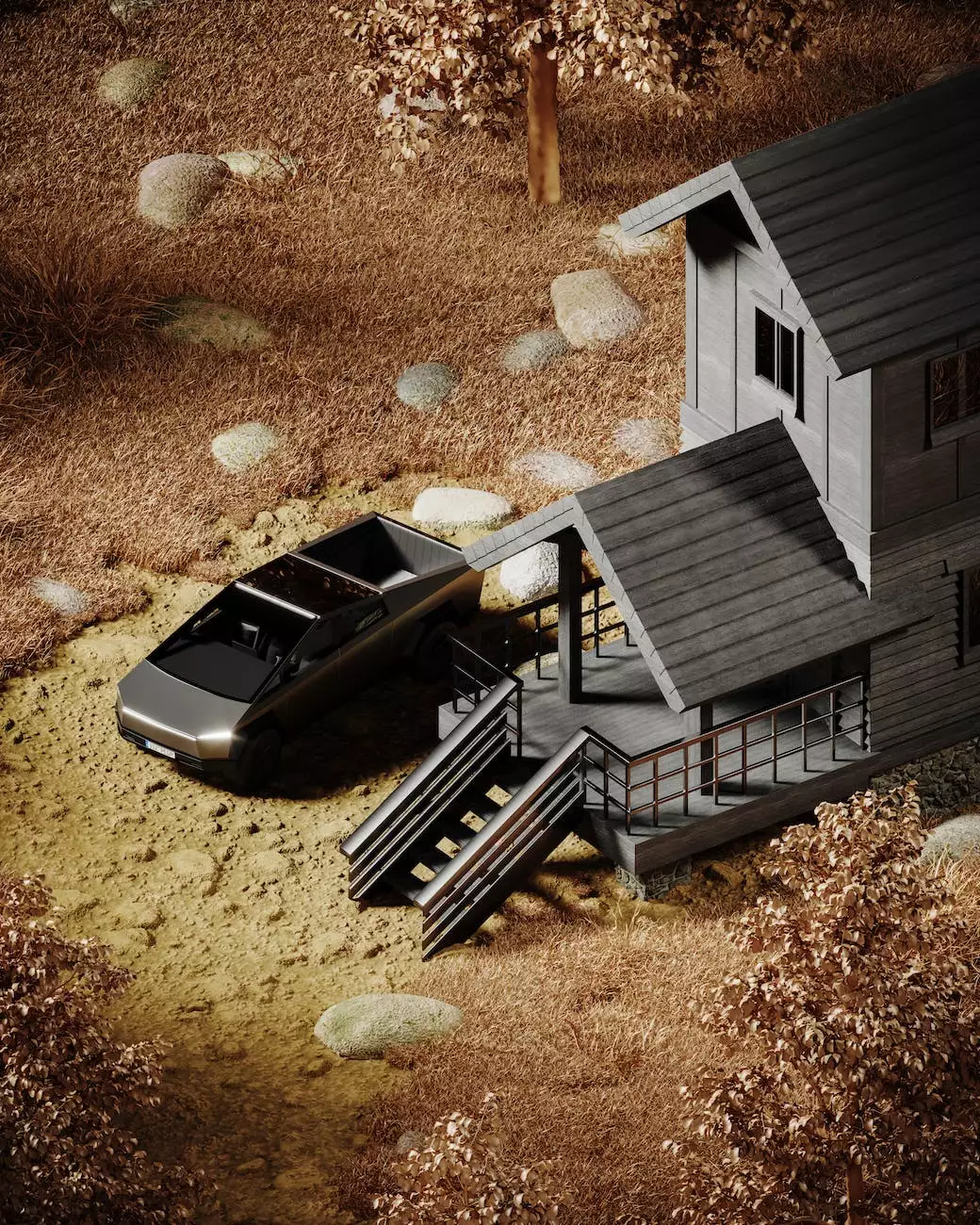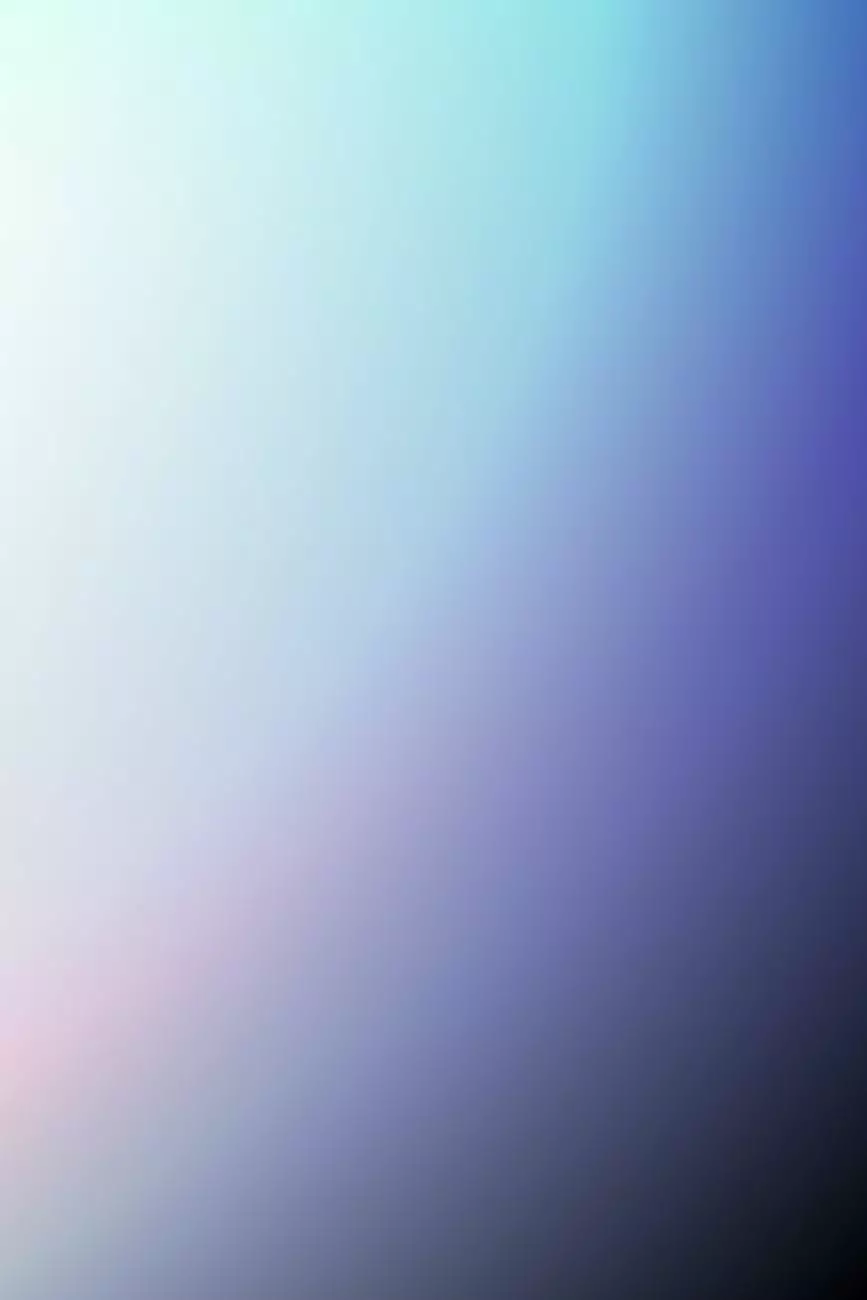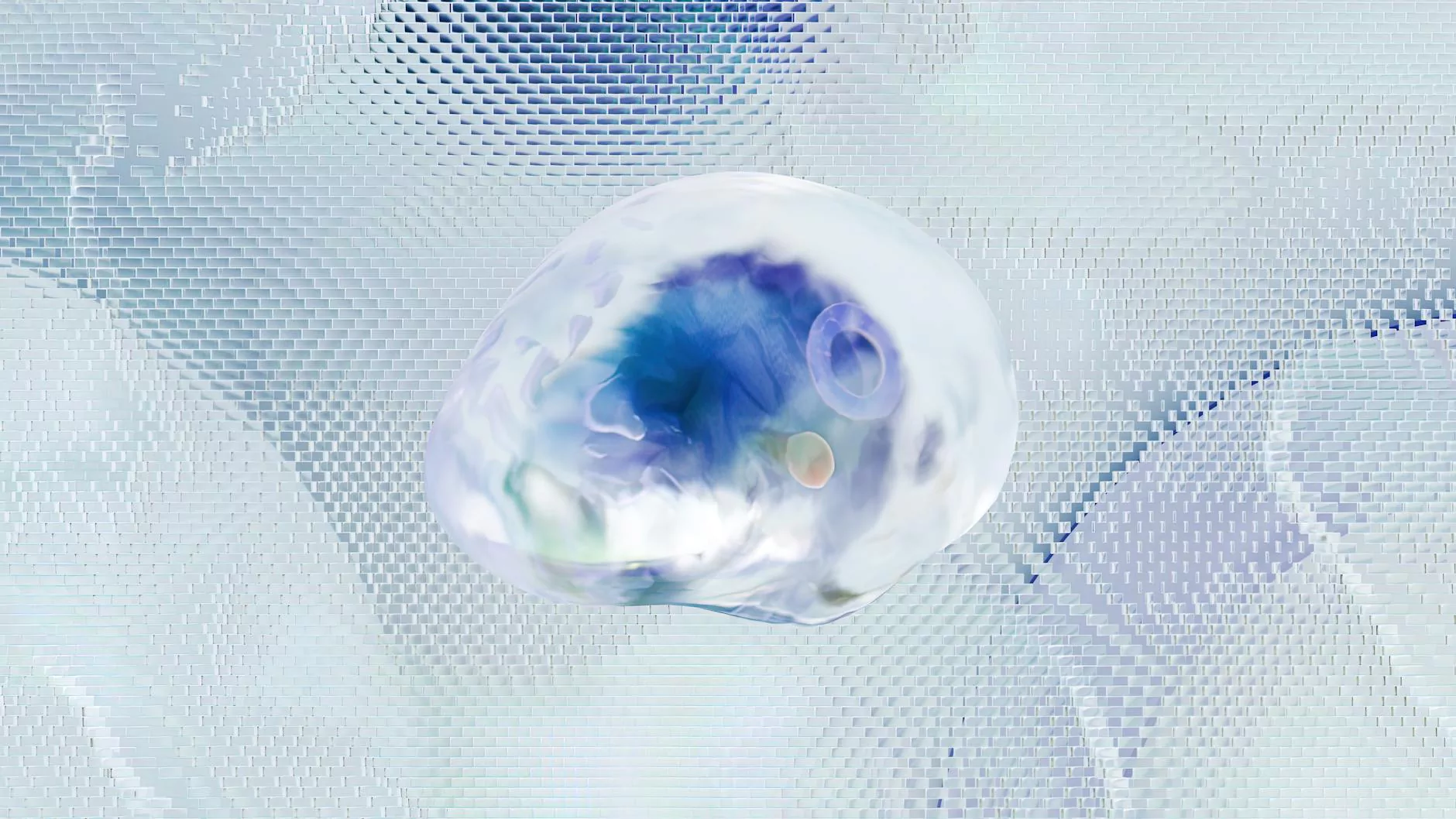Corona Renderer for 3ds Max: Corona Triplanar Map Tutorial
Blog
Introduction
Welcome to our comprehensive tutorial on using Corona Triplanar Map in 3ds Max. At OrangeCoastWeb, we specialize in providing high-end website development and design services for businesses and consumers. Whether you are looking to enhance the visual aesthetics or improve the functionality of your website, our team of experts is here to help.
What is Corona Renderer?
Corona Renderer is a powerful rendering engine for 3ds Max that offers exceptional photorealistic results. It utilizes advanced algorithms to simulate the behavior of light and materials, resulting in stunning visualizations.
Understanding Corona Triplanar Map
Corona Triplanar Map is a versatile texturing tool that allows you to apply textures seamlessly on complex 3D objects without the need for UV unwrapping. It offers an efficient workflow for mapping materials onto surfaces and is particularly useful for architectural visualizations and product renderings.
Advantages of using Corona Triplanar Map
- Time-saving: With Corona Triplanar Map, you can quickly apply textures to objects without the hassle of UV unwrapping, saving both time and effort.
- Seamless blending: The Triplanar Map algorithm ensures smooth blending of textures across different faces, eliminating visible seams.
- Improved detailing: By using different textures on different faces, you can add intricate details to your 3D models, enhancing the overall realism.
- Flexibility: Triplanar mapping works well with both organic and hard-surface models, providing the flexibility to texture a wide range of objects.
Step-by-Step Tutorial: Using Corona Triplanar Map in 3ds Max
Step 1: Setting up the scene
Begin by creating a 3D scene in 3ds Max. Import or create the objects you wish to texture using the Corona Triplanar Map.
Step 2: Applying the Corona Triplanar Map
Select the object you want to texture and open the Material Editor. Create a new Corona material, and in the Diffuse slot, add the Corona Triplanar Map. Adjust the scale and rotation parameters to match your objective.
Step 3: Mapping the textures
In the Triplanar Map settings, you can choose the desired textures for XYZ axes. Experiment with different textures to achieve the desired visual effect. Fine-tune the parameters until you are satisfied with the result.
Step 4: Additional adjustments
Explore other options in the Corona Triplanar Map settings, such as blending modes, falloffs, and displacement, to further enhance the texture mapping. Play around with these settings until you achieve the desired look and feel.
Step 5: Rendering and final touches
After setting up the textures, proceed to render the scene using Corona Renderer. Make sure to adjust lighting and other scene elements to complement the texturing. Apply any additional post-processing effects if desired to achieve the desired final output.
Contact OrangeCoastWeb for Superior Website Development Services
At OrangeCoastWeb, we pride ourselves on delivering top-notch website development and design solutions for businesses and consumers. Our team of experienced professionals utilizes the latest technologies and industry best practices to create visually captivating and highly functional websites that drive results.
No matter the size or complexity of your project, we are committed to providing exceptional service tailored to your specific needs. Contact OrangeCoastWeb today to discuss your website development requirements and take your online presence to new heights.




